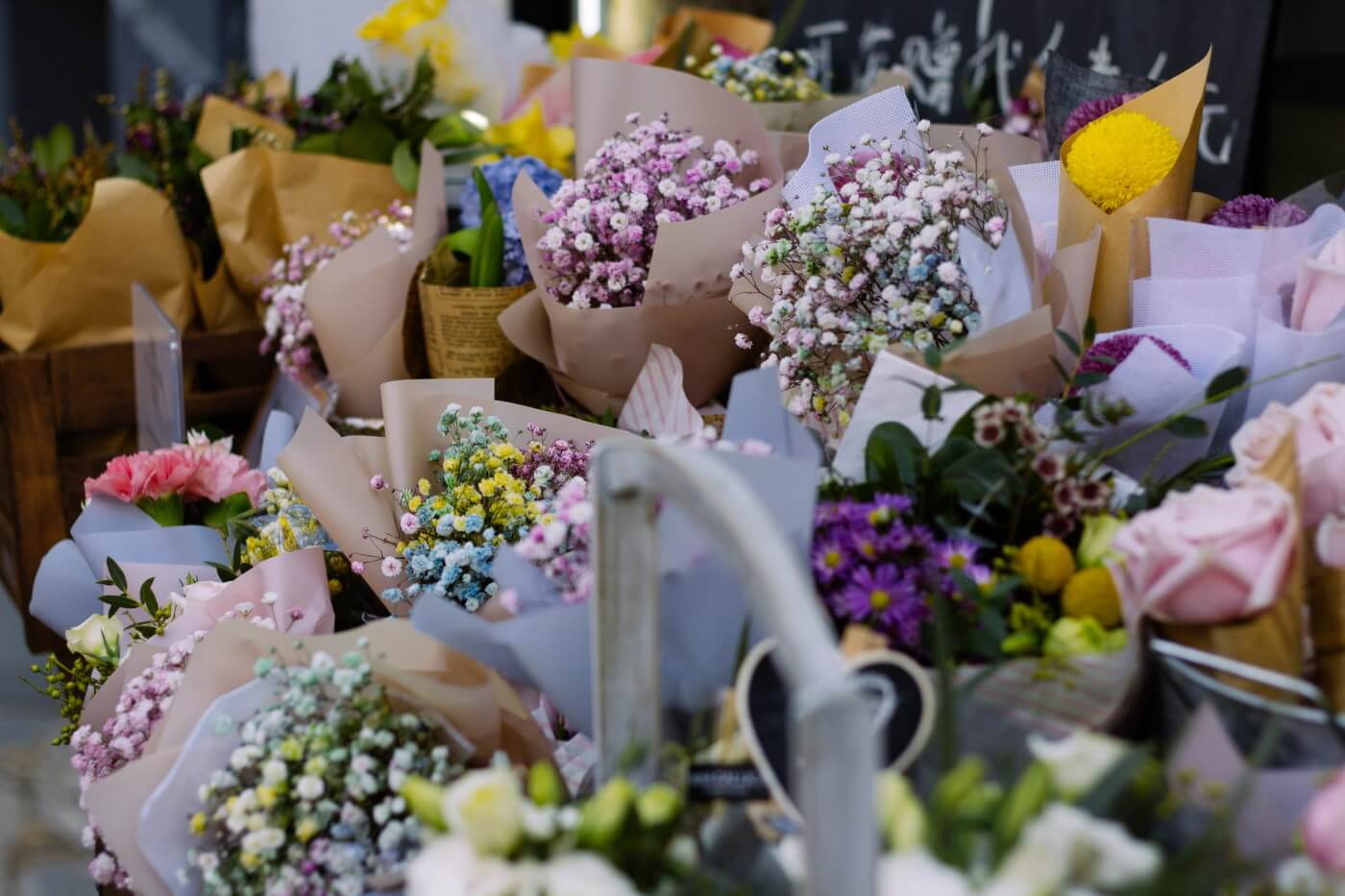Some gifts have immense sentimental value and you would want to save them to be able to cherish a person or a moment. What if that gift is a flower? Perhaps you want to preserve the bouquet that you received on your birthday or Valentine’s day or your wedding reception. Well, the good news is, there are methods that let you preserve flowers and you can do these in your own house. Let’s look at some of these DIY flower preservation techniques.
1. Air Drying
Materials Required: Hooks, clippers/scissors, rubber bands, string
Time taken: 3-4 weeks
Procedure:
The easiest method for preserving flowers, air drying is generally used on a bouquet and not individual flowers. Cut off the leaves on the stem and cut the stem down to just a few inches. Use a rubber band to hold the stems of the flowers together and suspend them upside down in a well-ventilated area out of direct sunlight (direct sunlight will cause the flowers to lose their colour). Depending on the type of flower, this process can take a couple of weeks and the flowers will be brittle so they must be handled carefully. Once they dry, spray with unscented hairspray to keep them pristine.
Advantages:
- The whole process can be done at home without any chemicals.
- The flowers do not change shape nor do they lose their scent.
Disadvantages:
- The flowers become brittle and must be handled carefully to prevent damage
- This is a very time-consuming process.
The dried flowers can be used as showpieces, as potpourri or as a decorative arrangement that you can hang in your home.
2. Using the Microwave Oven
Materials Required: Microwave-safe bowl, silica gel
Time taken: 24 hours
Procedure:
This flower preservation technique does not take much time and can help retain the shape and colour of the flower better than air drying. It works best with individual blooms. Remove the stems of the flowers and place them blossom up in a microwave-safe bowl that has been coated with an inch or two of silica gel. Pour a little more gel on the flowers carefully, ensuring that the petals do not get crushed. Place the uncovered container in the microwave for 2-5 minutes depending on the type and size of flower (you can vary heat and time as needed by checking progress). Once the flowers are dry, remove the container from the microwave and cover it, leaving a tiny slit for air, and let it sit for a day. Gently remove the gel from the petals using a soft brush and use unscented hairspray to keep the flower pristine.
Advantages
- The process does not take much time and can be done at home.
- It is cheap and gives you full control.
Disadvantages
- Judging the dryness of flowers can be difficult.
- Drying out the flowers too much can make them brittle, causing them to fall apart.
These flowers can be put in a bowl or hung on a wall for display, giving the room a rugged, natural look. They can also be made into a wreath that you can hang on your door.
3. Epoxy Resin
Materials Required: Resin, mould, catalyst, requirements for air or microwave drying
Time taken: 24 hours
Procedure:
Using epoxy resin to preserve flowers is a little tricky as you should work fast, once you get started. Selecting an ideal mould shape is also important. The flowers should be air or microwave dried. Then, a mixture of the resin and catalyst must be prepared. Make sure you have everything in place by this time as the epoxy mixture will start to harden very quickly. Measure out equal parts of resin and catalyst in different cups and then pour them into another cup to create the mixture. Pour this mixture into the mould till it is almost half full, place the flower and fill up the mould. Alternatively, you can dip the flower in the epoxy but you must hold it in place for a few minutes to ensure that the mixture gets in between the petals. Epoxy takes about five minutes to set.
Advantages:
- Myriad shapes that look stunning
- The time taken for the mould to set is minimal
Disadvantages:
- No further modification is possible
- The display options are limited
This method is popularly used to make paperweights to jewellery.








